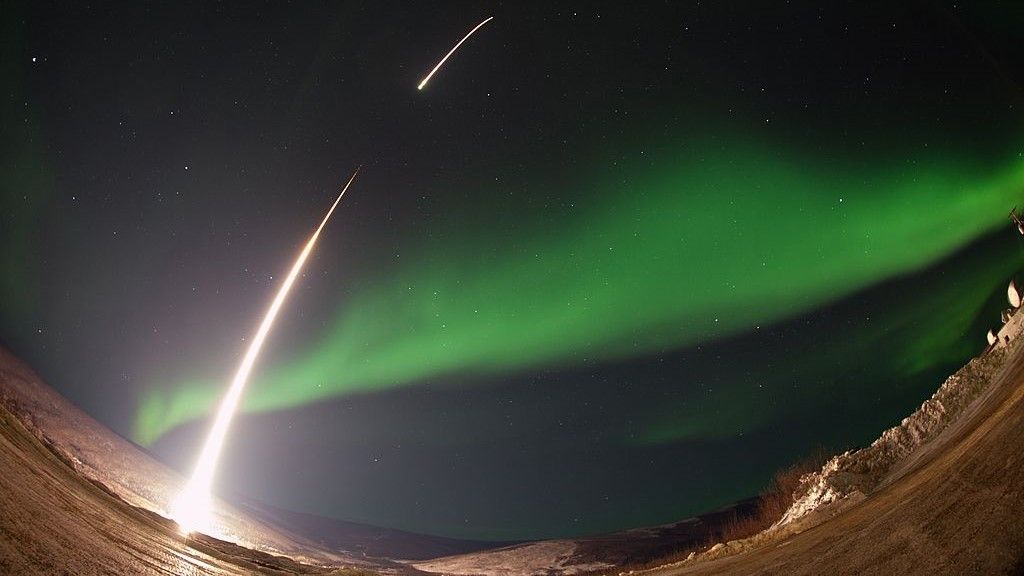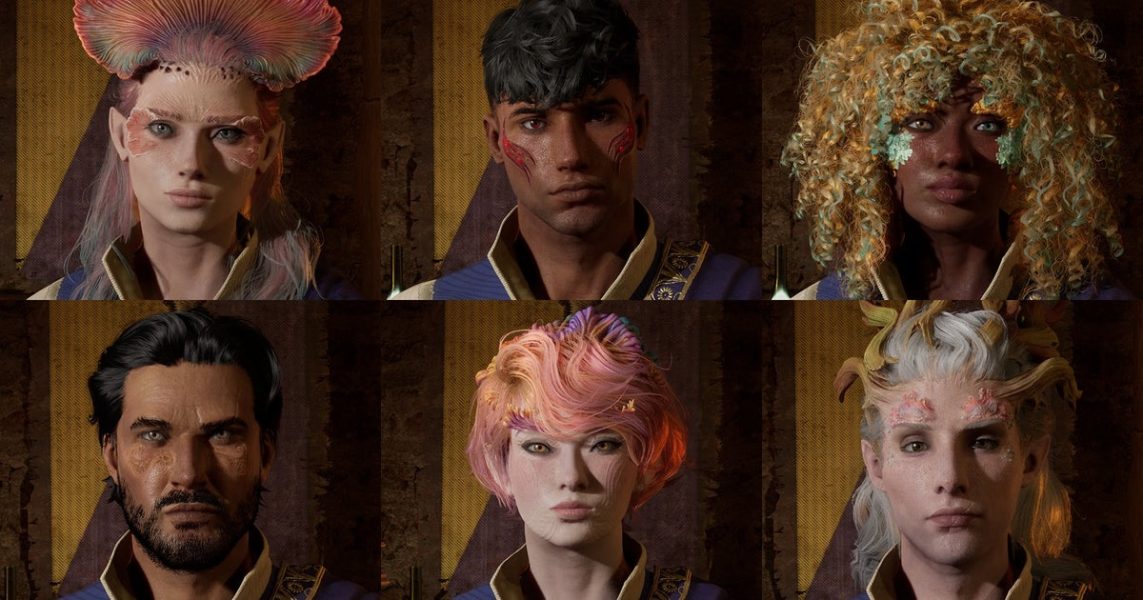NASA wants to launch rockets into northern lights to study ‘black auroras’ – Space.com

476776233
No offers foundNASA plans to fly two rockets through active auroras and study the unique ribbons of light that dance across the Alaskan night sky.
When you purchase through links on our site, we may earn an affiliate commission. Here’s how it works.
NASA plans to fly two rockets through active auroras to help study the unique ribbons of light that dance across the Alaskan night sky.The rockets are expected to lift off from the Poker Flat Research Range in Fairbanks, Alaska, as part of two missions led by space physicists Marilia Samara and Robert Michell from NASA’s Goddard Space Flight Center. The team aims to better understand why some auroras flicker, others pulsate and others appear to have holes.The launch window for the missions opened on Jan. 21; however, studying the eccentric light shows requires precise timing. That’s why the team will use ground-based cameras at the launch site and at an observatory located about 130 miles (209 kilometers) northeast of the rockets’ trajectory in Venetie, Alaska, to determine the most opportune time for launch based on auroral activity.Aurora borealis, also known as the Northern Lights, are created when charged particles from the sun collide atoms in Earth’s upper atmosphere, releasing energy as light. While scientists have a general understanding of auroras and their activity, each instance of the phenomenon exhibits unique movements and behaviors. Understanding different aurora behaviors could lend new insights about the space weather environment around our planet, NASA said in a statement.To help to that end, the rockets NASA wants to launch into the auroras are equipped with instruments to study the interaction between electrons and Earth’s magnetic field. Each rocket will target a different type of aurora, and the data collected will hopefully help researchers better understand what initially set in motion the electrons that create them.The first mission — called GIRAFF (Ground Imaging to Rocket investigation of Auroral Fast Features) — aims to compare fast-pulsating auroras, which flash on and off a few times a second, and flickering auroras, which do so up to 15 times a second. GIRAFF, led by Michell, will use the rockets to measure the energy, quantity and relative arrival times of the electrons in both types of auroras to determine the different acceleration processes by which each aurora forms, according to the statement. — Northern lights (aurora borealis): what they are and how to see them — Where and when to see the northern lights in 2025 — Aurora alert: Incoming solar storm could spark northern lights in upper Midwest skies this weekThe second mission — called Black and Diffuse Aurora Science Surveyor — is led by Samara and will study so-called “black auroras,” which appear to have holes or patches of missing light. The rocket flying through this type of aurora will search for outgoing electrons that may have reversed direction, resulting in the dark void spots across the otherwise fluid, colorful bands of light.Breaking space news, the latest updates on rocket launches, skywatching events and more!Not only does the team have to time each launch just right, but they also have to aim the rockets on the right trajectory. It takes about five minutes for the rockets to reach the altitude needed to study the Northern Lights, so the team has to best assess where the auroras will travel over that period of time from when they are first detected using the ground-based cameras.”You do the best you can, but there’s a certain mix of intuition and determination you need,” Samara said in the statement.Join our Space Forums to keep talking space on the latest missions, night sky and more! And if you have a news tip, correction or comment, let us know at: community@space.com.Samantha Mathewson joined Space.com as an intern in the summer of 2016. She received a B.A. in Journalism and Environmental Science at the University of New Haven, in Connecticut. Previously, her work has been published in Nature World News. When not writing or reading about science, Samantha enjoys traveling to new places and taking photos! You can follow her on Twitter @Sam_Ashley13. Aurora alert: Incoming solar storms could spark northern lights as far south as New York and Idaho tonightSupercharged auroras possible this weekend as colossal ‘hole’ in the sun spews solar wind toward EarthMysterious Mars mounds may bolster case for ancient Red Planet oceanSpace is part of Future US Inc, an international media group and leading digital publisher. Visit our corporate site.©
Future US, Inc. Full 7th Floor, 130 West 42nd Street,
New York,
NY 10036.






